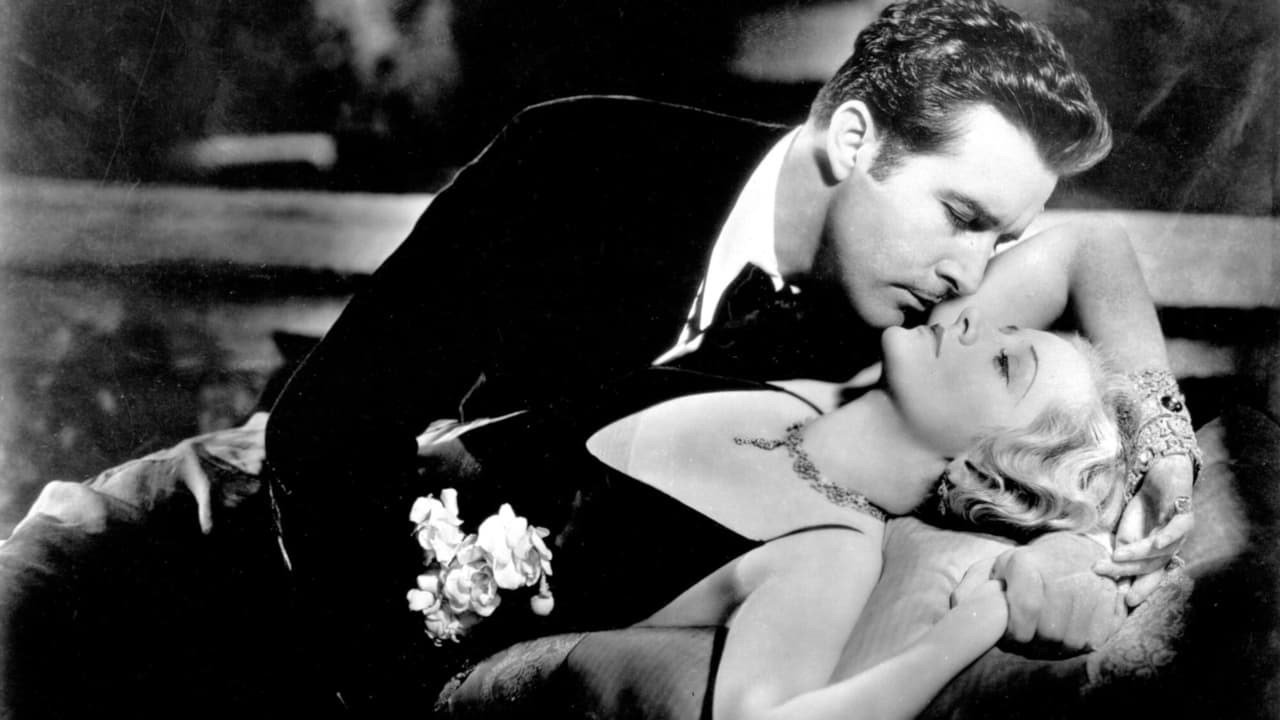

"Caught in her Own Love Trap... she could not stem The Fury of His Love!" screams the poster that was used to advertise this 1930 musical/operetta. If only it were true... Even though elegantly produced by Samuel Goldwyn, "One Heavenly Night" became one of the big flops of the year and the passing decades have not been kind to it. This "talkies" screen debut of West End singing star Evelyn Laye was obviously intended to launch her on a musical film career in Hollywood, but both critics and audience rightly perceived the flick as a turkey, and Miss Laye's career as a screen song siren never materialized. In fairness to the lady, it's difficult to imagine what vocal and thespian powers she might have drawn upon to overcome the stale script, the so-so music, and the stilted performances of her co-actors (including John Boles and a painfully unfunny Leon Errol). It's nice to know that -- after being bruised by Tinseltown -- Evelyn Laye returned to a long and highly successful career on the British stage and died in the 1990's, much loved and appreciated by her audiences, at the ripe old age of 95. As for "One Heavenly Night," if you get the opportunity to see it... don't...
... View MoreEvelyn Laye who was one of the great musical performers of the London stage made only a few films at this point of her career and this one being only one of two she did in Hollywood. Later on as a character actress she did much work on the big and small screen. This rather uninspired vehicle does afford one an opportunity to see her in her prime.Sam Goldwyn who produced it knew he had a turkey on his hands, it is fairly obvious that a full musical score was written for this and numbers must have been cut right and left. It didn't help too much.The plot is similar to something Laye's American contemporary Marilyn Miller might have done on stage. Laye is a poor flower girl working in a theater in Budapest. The star Lilyan Tashman who is a wild child causes a riot and is ordered out of town. Laye agrees to go in her place and Tashman decides to hide out.But the local lord of the place she's exiled to, Count John Boles who is also the police prefect is a bit of a rake and he's planning a little fun and frolic because he's heard of Tashman's reputation. Laye who really likes what she sees in Boles is kind of torn as to how to behave, be her good girl self or be the party animal Boles was expecting.Leon Errol is in this film as Laye's friend and confidante and you know how bad the film is because Errol's famous drunk act takes up a lot more footage than normal. Leon Errol was a fine performer, but not in the dose we got here. Errol's comic relief becomes the show.For those who like Eddy/MacDonald operetta even they will be bored with One Heavenly Night.Speaking of Jeanette and Nelson, Evelyn Laye was in the original cast of Bittersweet on stage. Now if she had filmed that it would have been worth preserving.
... View MoreThis original operetta was a flop in 1930 and still is, despite good production values (no surprise, with Goldwyn as producer) a shimmering leading lady (Evelyn Laye) and a fun supporting turn by Lilyan Tashman. The songs by Clifford Grey, Herb Nacio Brown, Edward Eliscu and Bruno Granichstaedten are mildly pleasant, nothing more, and a musical with a boring book (by Sidney Howard, of all people!) needs superior songs to float, and these second- rate numbers don't help. Finally the enterprise sinks completely during long and tiresome slapstick routines performed by Leon Errol. Sometimes the viewer wonders whether this production was meant to be a conventional operetta or a variety show. John Boles as the romantic lead exudes more energy than in his straight dramatic roles and sings well, but not often enough to put a dent in the tedium. Students of cultural history will find this film interesting as an example of why screen musicals became unpopular for a time. It's too bad Laye had to be in a turkey for her American sound film debut. She had everything it took to be a major player.
... View MoreThe problem with One Heavenly Night is that it tries too hard to be a little of everything, and can't make up its mind what it wants to be. We have the coy, demure Evelyn Laye as Lilli and the tall, dark, and dashing Count Tibor (John Boles) chasing each other around in a mansion, and out in the rain (although Lilli's hair and dress don't seem to get very wet after running through the pouring rain...) Lilli pretends to be Fritzi, a famous entertainer. Then, for a time, its also a comedy with Leon Errol as Otto, who gets drunk and silly with the Count's house manager, as they discuss the wine room and drinkies. These routines scattered about really slow the movie down. Then Lilli and the Count do a GREAT job singing to each other, in Jeanette MacDonald, Nelson Eddy operatic style. This 1931 Goldwyn production is made just before the Hays movie code came riding in, and TCM showed it at midnight, just in case. There are some suggestive songs, but no blatantly improper scenes which were so common in movies made at this time. Surprisingly good quality sound and photography. The plot is a little hit or miss, but not a bad way to spend 80 minutes. No surprises in this one...
... View More